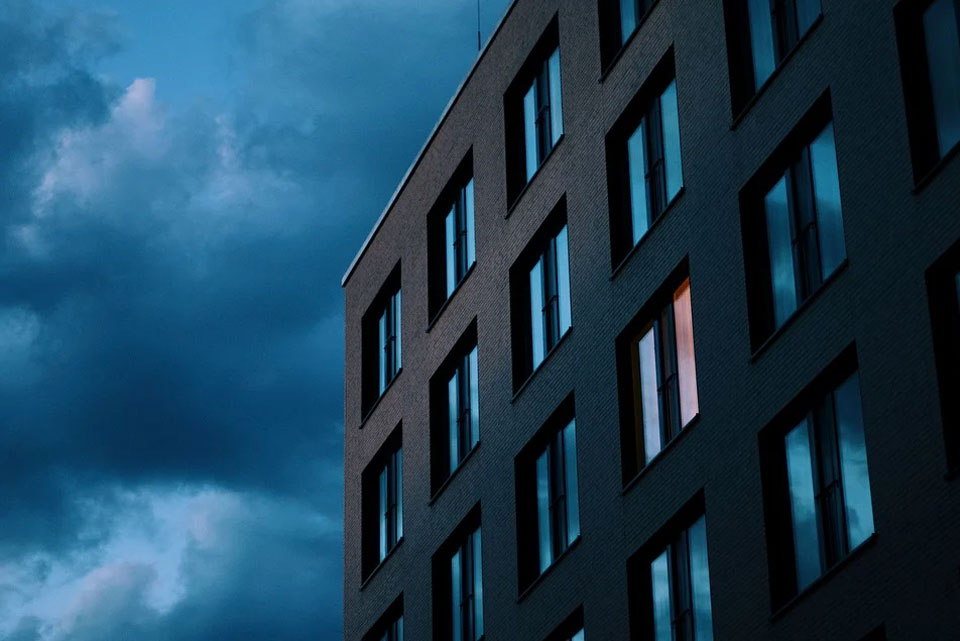During the second quarter of this year, close to 80,000 single-family homes and condominiums were flipped.
Home flipping has never been easy, no matter how much fun TV shows like “Flip or Flop” make it out to be.
It’s been even harder lately, due to low supply, high prices and a run on housing triggered by the coronavirus pandemic.
Flipping a home is defined as buying and reselling the same home within a 12-month period, and profits rely heavily on both the health of the housing market as well as the cost to flip. Most flippers will upgrade or improve the house in some way to increase their returns.
Despite the long list of obstacles, close to 80,000 single-family homes and condominiums were flipped during the second quarter of this year, according to property database Attom. That represents nearly 5% of all home sales. While the volume is lower than the average seen over the past decade, it is the first increase in flipping in more than a year.
The profits, however, are shrinking. The gross profit on a typical flip rose to $67,000 in the second quarter as home values increased. But the return on investment, which is calculated after all the costs of the flip are factored in, dropped.
Picture: Pixabay





